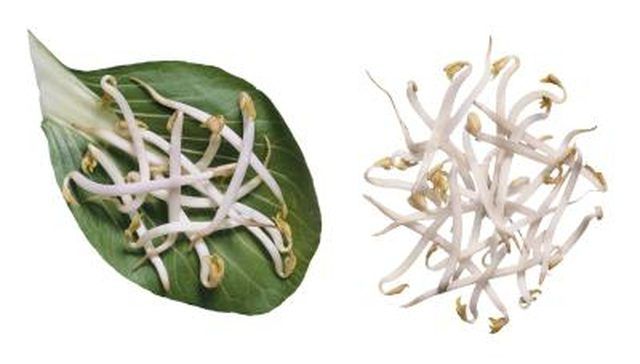Bulbs
Flower Basics
Flower Beds & Specialty Gardens
Flower Garden
Garden Furniture
Garden Gnomes
Garden Seeds
Garden Sheds
Garden Statues
Garden Tools & Supplies
Gardening Basics
Green & Organic
Groundcovers & Vines
Growing Annuals
Growing Basil
Growing Beans
Growing Berries
Growing Blueberries
Growing Cactus
Growing Corn
Growing Cotton
Growing Edibles
Growing Flowers
Growing Garlic
Growing Grapes
Growing Grass
Growing Herbs
Growing Jasmine
Growing Mint
Growing Mushrooms
Orchids
Growing Peanuts
Growing Perennials
Growing Plants
Growing Rosemary
Growing Roses
Growing Strawberries
Growing Sunflowers
Growing Thyme
Growing Tomatoes
Growing Tulips
Growing Vegetables
Herb Basics
Herb Garden
Indoor Growing
Landscaping Basics
Landscaping Patios
Landscaping Plants
Landscaping Shrubs
Landscaping Trees
Landscaping Walks & Pathways
Lawn Basics
Lawn Maintenance
Lawn Mowers
Lawn Ornaments
Lawn Planting
Lawn Tools
Outdoor Growing
Overall Landscape Planning
Pests, Weeds & Problems
Plant Basics
Rock Garden
Rose Garden
Shrubs
Soil
Specialty Gardens
Trees
Vegetable Garden
Yard Maintenance
How to Grow Large Mung Bean Sprouts
How to Grow Large Mung Bean Sprouts. Mung beans appear in a wide variety of dishes from dessert-like pastes to soups and jellies. People also eat them raw in the form of sprouts. They are relatively low in calories and packed with nutrients like phosphorous, potassium, and protein. Mung beans have a taste akin to lentils, and are moderately easy to...

Mung beans appear in a wide variety of dishes from dessert-like pastes to soups and jellies. People also eat them raw in the form of sprouts. They are relatively low in calories and packed with nutrients like phosphorous, potassium, and protein. Mung beans have a taste akin to lentils, and are moderately easy to grow using inexpensive items like tulle netting and jars. They generally produce sprouts at the peak of their nutritional value in as little as three to five days.
Things You'll Need
Raw, whole mung bean seeds
Wide-mouth jars with lids
Tulle netting
Rubber bands
Sprouting rack or shallow bowls
Remove the lids from the jars and set aside for later use. Cut the netting so that it covers the tops of the jars and extends 2 inches down the sides of the jar.
Fill each jar 1/4 full with seeds. Fill the rest of the jar with water to soak and pre-germinate the seeds. Cover the jars with the pieces of netting. Secure the netting with the rubber bands.
Allow the seeds to soak for eight to 12 hours or simply let them sit overnight. Drain the water and place the jars onto a spouting rack or in a shallow bowl, so that they sit at an angle. The rack or bowls must hold jars at a slant to allow for water to drain and provide the seeds with adequate oxygen.
Rinse the seeds twice daily by filling the jars with water, stirring the seeds to ensure uniform moisture, then draining the water into a sink before returning the jars to the sprouting rack. Allow the jars to sit in the sun for four hours daily, moving them into a warm, dark place for the rest of the day.
Check the seeds for sprouting. The sprouting seeds will possess a pungent odor. Mung bean sprouts are typically ready to harvest in three to five days and will grow to be about 1/2 inches in height. Depending on the quality of the seeds used, all of the seeds should produce sprouts.
Remove the netting and return the lids to the jars or move the sprouts to a sealed container and place in the refrigerator. Mung beans and other sprouts will generally keep for about a week in the refrigerator and may even continue to sprout in the refrigerator during this time.
Tips & Warnings
Avoid seeds that have been treated. Untreated, raw, whole mung bean seeds can usually be found in any health food store.
Tulle netting is a lightweight, inexpensive netting usually found in large spools with a longer lifespan than cheese cloth or other netting. Tulle netting is fairly common and can be found in any fabric store.